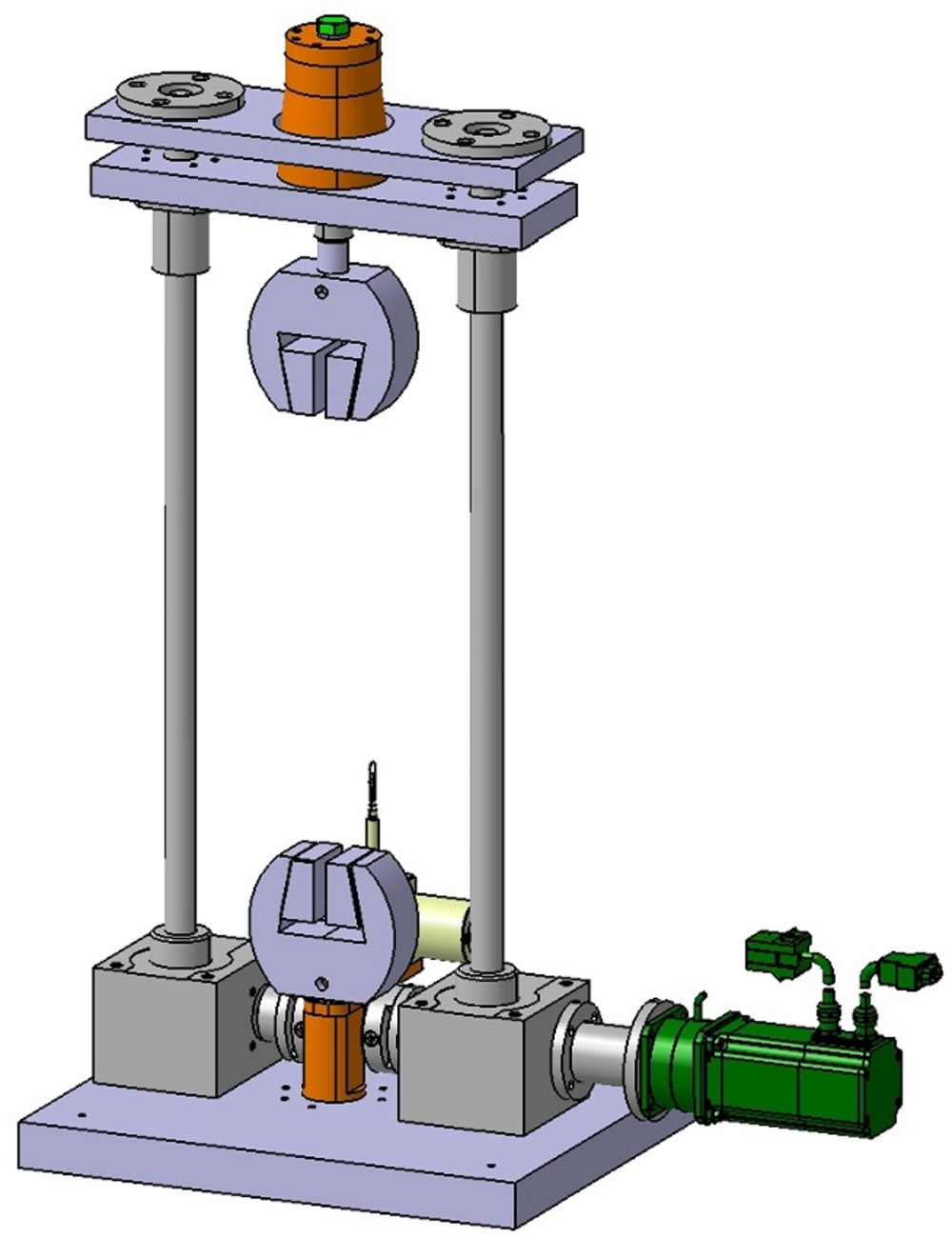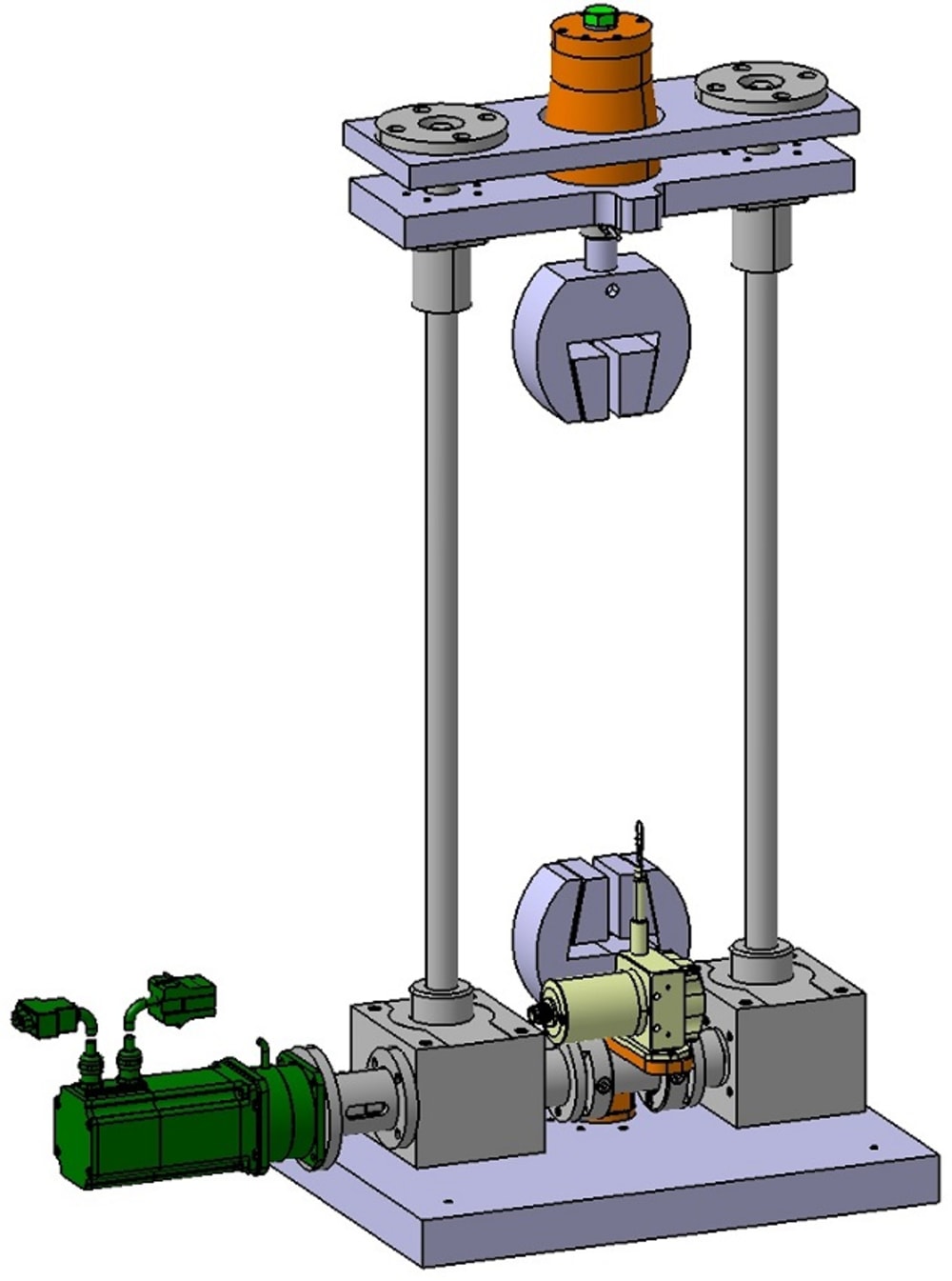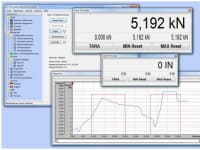The aim of this thesis was to develop a test setup that determines tensile strength of additive manufactured plastic parts under varying climatic conditions. The test setup had to be integrated into a climate chamber with limited dimensions. The shape of the samples was defined by ISO 527-2 and ISO 3167. By dividing the development process into the four phases planning, conception, design and work out, the design method followed the specifications of VDI 2221.
At the beginning of the thesis basic knowledge related to additive manufacturing, tensile testing of plastic materials and mechanical properties of additive manufactured plastic parts was introduced. In the planning phase different construction styles, drives of universal and tensile testing machines and requirements of industrial standards to testing machines were investigated in order to be able to specify the requirements to the test setup. The requirements were documented in a check list, which was regularly controlled during the development process. In the conception phase three drives were examined and evaluated. The results suggested that an electromechanical drive was more suitable than a hydraulic or pneumatic drive. In the design phase the chosen components of the test setup were introduced. The drive consists of an e-motor combined with two connected spindle-type lifting gears. For clamping the test samples two wedge clamping devices were chosen. The measurement system consists of a USB-Interface which connects the force and the range sensors to a PC. Drive control and evaluation of test results can be done on PC. Compatible software can be downloaded at the manufacturers' homepages of the e-motor and the measurement system.
For tensile testing, 40% (length of stroke 296mm) of the available vertical space inside the climate chamber can be used. The permitted temperature range is -10°C to +40°C, which corresponds to 30,3% of the desired range. The temperature range is limited by the spindle-type lifting gears (min. -10°C) and the e-motor (max. +40°C). The test setup partially meets the requirements to the force and length measuring systems according to ISO 7500-1 and ISO 9513. The requirements to the critical value of the relative error of the deviation of the measured forces are met at forces higher than 120 N. The requirements to the resolution of the range measuring system are met at changes in length of more than 9 mm.
Like this entry?
-
About the Entrant
- Name:Thomas Szasz
- Type of entry:individual
- Software used for this entry:CATIA V5
- Patent status:none








